Following in the tradition of Connor Barwin and Malcolm Jenkins, former All-Pro wide receiver and current Eagles broadcaster Mike Quick will write weekly for The Citizen this season, analyzing what the Birds will have to do each week on the field to emerge victorious. We’ve paired Quick with Professor Richardson Dilworth, Director of Drexel University’s Center for Public Policy, who will analyze how Philly stacks up off-the-field against the city we play each week. Dilworth, who knows nothing about football, is arguably Quick’s most unlikely teammate ever.
Mike Quick’s On-Field Scouting Report: Each week, I watch hours of tape of the Eagles’ upcoming opponent, and I’ve got to say, the New Orleans Saints offense may be the best I’ve seen. They hit you in multiple ways. Quarterback Drew Brees makes big plays and running back Mark Ingram is a monster. They are an elite offense.
That’s why one of the keys this week is for the Eagles offense to score. The best defense is actually a good offense. You can’t stop the Saints’ offense, you can only hope to slow it down. So that means 12 to 14 play drives that take up 6 to 8 minutes. Keep Brees and company off the field.
The Saints defense is not a juggernaut. They haven’t been shutting a lot of teams down. New Orleans’ Marshall Lattimore is a really good cornerback, but Carson Wentz should be able to throw the ball downfield against that secondary.
Last week, against Dallas, we saw why football is the ultimate team sport. There were so many plays that were just slightly off. If one defensive player doesn’t fill his gap, Ezekiel Elliott goes on a big run. The Eagles will have to be flawless in their execution this week.
Finally, Professor Dilworth will have lots to say about the culture of New Orleans, but let me weigh in on this: I’ve been visiting the city for years, and I’ve never had a bad meal in New Orleans. It’s the best restaurant town in America, which I will take full advantage of.
Prof. Richardson Dilworth’s Off-Field Scouting Report: First, I’m sorry, but New Orleans is a cooler city than Philadelphia. It just is. Its history is far cooler than our incredibly dull history (New Orleans: We were French then Spanish then French again and then part of the US; Philadelphia: We are Quakers who are good at things like banking and insurance and sitting in silence for long periods of time). Like Mike Quick says, its food is better. All you have to do is spend 15 minutes walking around both cities and New Orleans wins hands down.
But, at least Philadelphia will be around later in the century while New Orleans may be entirely decimated by the impacts of climate change. In the latter half of this century we can expect all cities to experience higher temperatures, greater energy demands that may outstrip existing capacity, land made uninhabitable by rising sea levels and more frequent storms, urban ecosystems disrupted by things such as invasive species, and greater chances of infectious diseases.
Given New Orleans’s location, it will probably become unbearably hot far sooner than Philadelphia, and it is more at risk from sea level rise and storms. Just take a look at this little report from Zillow (which is, oddly enough, a great source for learning about the impacts of climate change on housing). You can see that Louisiana ranks only behind Florida and Hawaii in terms of the likely expected loss in housing—with much of that loss no doubt concentrated in New Orleans.
At the same time, sometimes disastrous conditions lead to unexpected outcomes. This was certainly the case with Hurricane Katrina. After the storm, New Orleans was decimated in a way that Philadelphia really never has been, with the possible exception of the 1793 yellow fever epidemic. Between 2005 and 2006, while Philadelphians were celebrating the fact that we were, after half a century basically maintaining a steady population, New Orleans lost more than half its residents.
Yet since that time it has made a pretty remarkable recovery. First, its school system—which nearly everyone thought was pretty disastrous—was basically replaced by a system of charter schools, and its test scores have since made a marked improvement. Second, its population has mostly returned, though it appears that it will be a permanently smaller city of about 400,000. Third, its economic segregation, and the percent of the population living in areas of concentrated poverty, has decreased. And finally, it is more resilient than ever, thanks in large part to federal investments through the US Army Corps of Engineers.
New Orleans post-Katrina is of course not all good, and it can in fact be characterized as simply a storm-inspired gentrification, as many of the poor in the city were permanently displaced—which may well explain the greater number of people in New Orleans with bachelors degrees. The new charter school system has become a poster child for conservative school reform advocates, and many of the successes can most likely be attributed to short-term funding increases through foundations, and lower personnel costs that will likely not last (see this informative article here). And no matter the level of resilient infrastructure, nothing is going to stop the heat from rising in an already sweltering city, which will no doubt lower the life expectancies especially of those people who cannot afford air conditioning, which will no doubt become more expensive as energy demand increases.
Philadelphia will experience a much milder climate change impact, at least in the short run. In the long run this may be worse, as the impacts will be less disruptive and thus demand less immediate and dramatic responses. We will be less prepared for disasters that will become more common and we will have not made as smart investments in things that will reduce the heat island effect or reduce energy demands.

PhiladelphiaEagles |

New OrleansSaints |
|
# of B-Corps
25 |
# of B-Corps
2 |
|
% Population with a BA
27.4 |
% Population with a BA
36.0 |
|
% Volunteers
26.5 |
% Volunteers
16.2 |
|
Violent Crime per 1000 people
9.92 |
Violent Crime per 1000 people
10.89 |
|
Diversity Rating
69.74 |
Diversity Rating
48.22 |
|
% People Bike to Work
2.2 |
% People Bike to Work
3.3 |
|
% Acres of Park Space
13.1 |
% Acres of Park Space
25.7 |
|
Public Transportation Score
67 |
Public Transportation Score
44 |
|
% Voters in Last Mayoral Election
24 |
% Voters in Last Mayoral Election
33.3 |


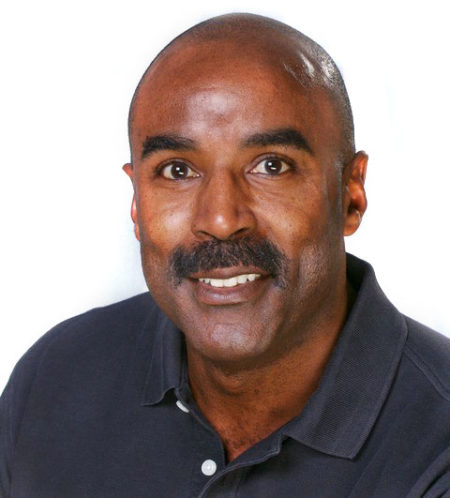
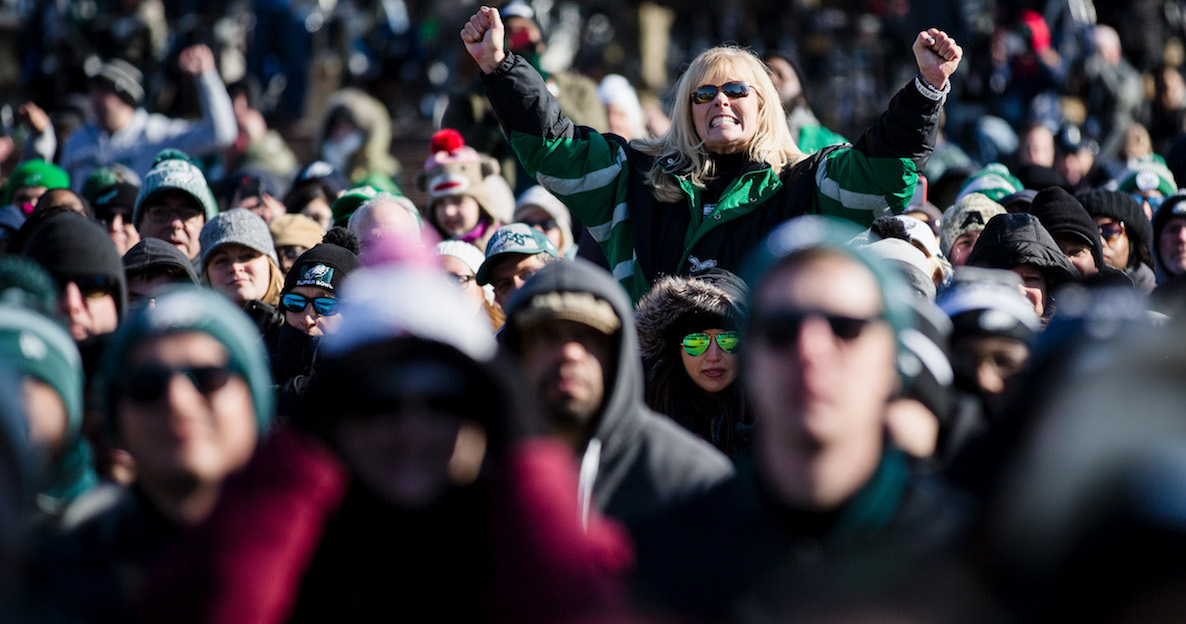
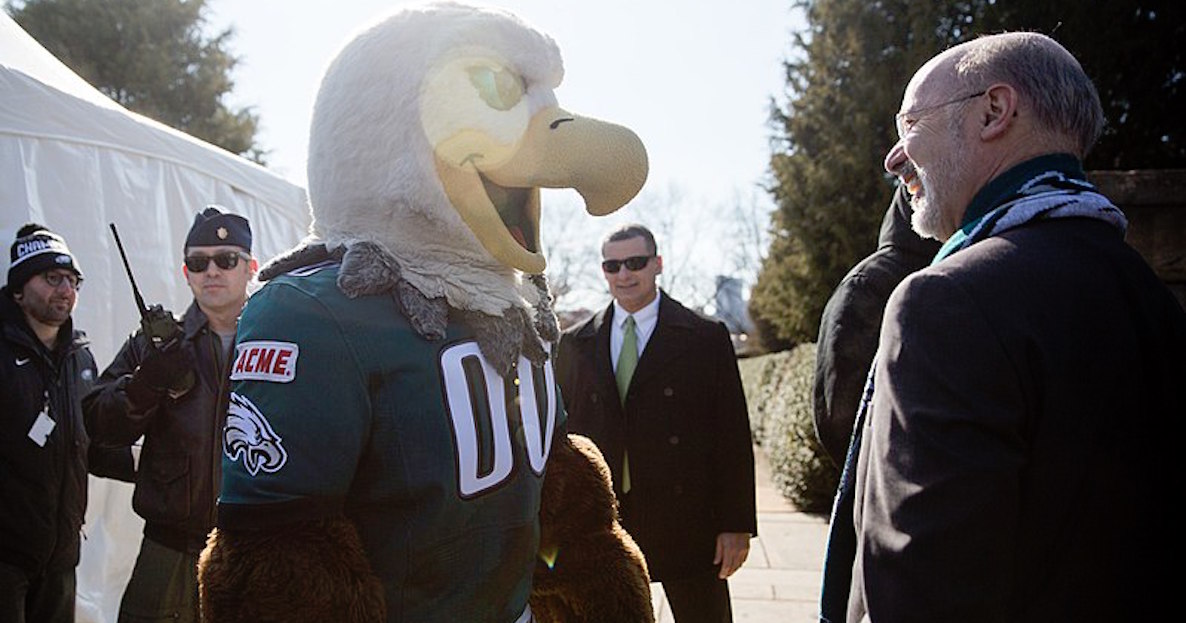
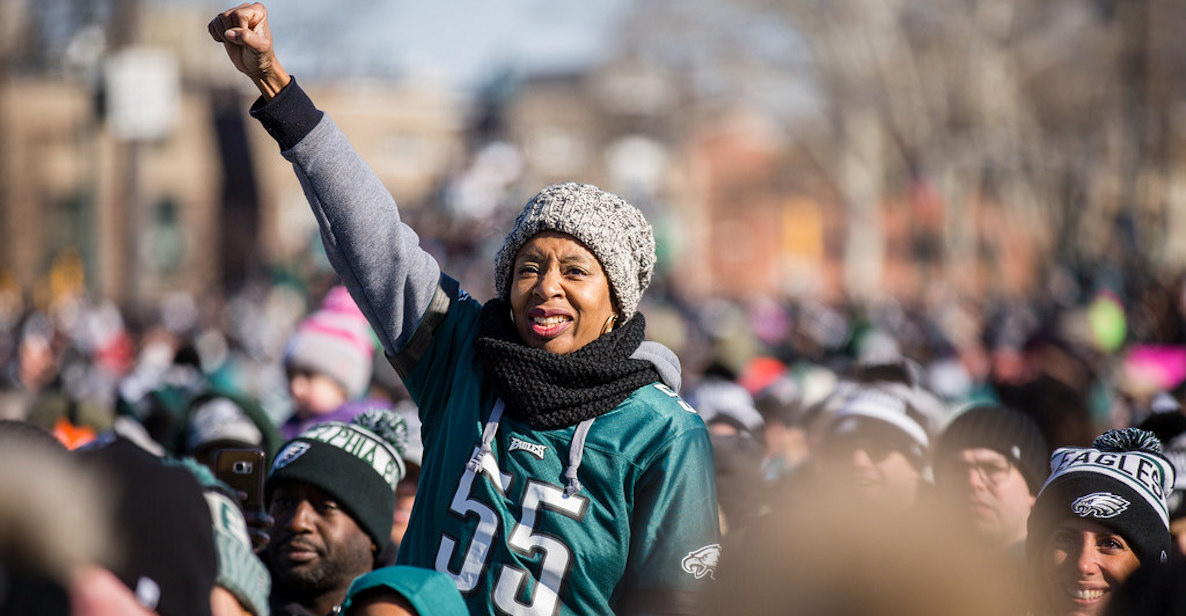

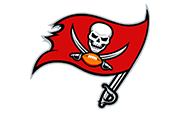

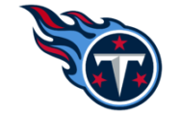




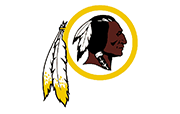

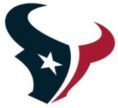


 Vikings
Vikings  Rams
Rams  Texans
Texans 